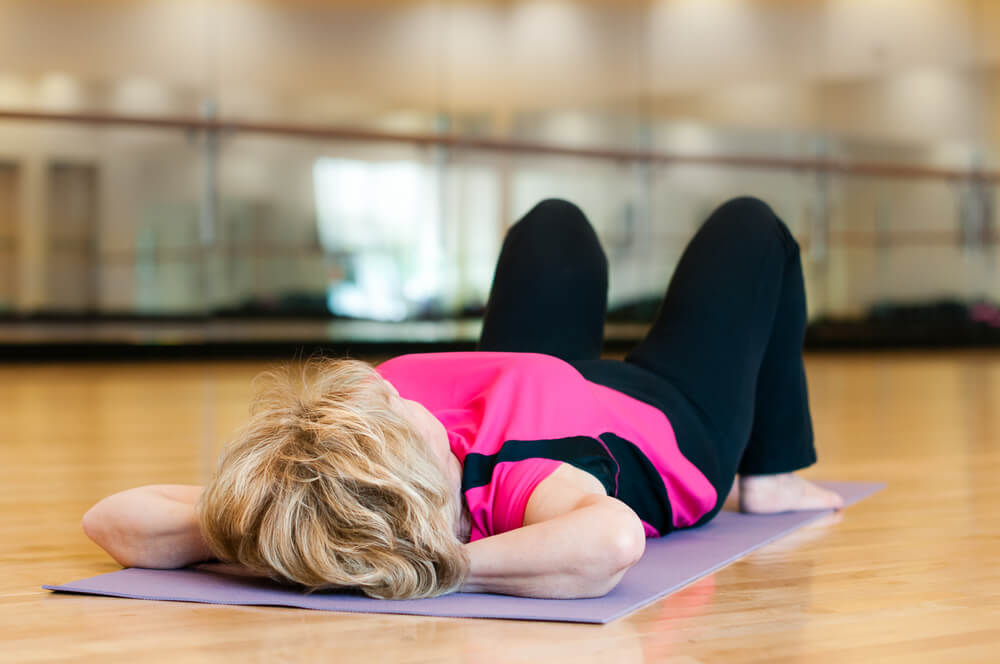Feeling pain in your lower back, buttocks and upper thigh could be signs that you have lumbar spinal stenosis. The likelihood is even higher if the pain doesn’t run down the leg, since this rules out other issues like sciatica. As many as 500,000 Americans could currently have spinal stenosis, and it’s especially common in older people.
Surgery is one option that can help spinal stenosis patients. However, a recent medical study reports that physical therapy is just as effective as surgery for lumbar spinal stenosis. In addition, the study claims that physical therapy can also lead to fewer complications for elderly patients. One type of physical therapy that can help elderly spinal stenosis patients is therapeutic exercises, and there are two exercises in particular that can help treat this condition.
- Seated lumbar flexion
Exercises that focus on flexion or bending of the lower back can help elderly people treat spinal stenosis. This type of bending can help decompress the lower back vertebrae, and it can help reduce nerve pinching that could be the source of your pain. One exercise that your therapist might recommend is seated lumbar flexion.
Steps for performing the seated lumbar flexion exercise
- Sit up straight on a stable chair or bench. Make sure that both your feet are flat on the floor and your toes are facing forward.
- Slowly bend forward from the waist, and stop when you feel a stretch in your lower back. Your ultimate goal should be to place your hands on the floor.
- Hold this position for two to three seconds.
- Return to the starting position.
- Repeat these steps until you’ve done 10 repetitions of the exercise.
- Pelvic tilt
Another gentle exercise that can help elderly patients with spinal stenosis is the pelvic tilt. The goal of this exercise is to strengthen the muscles in your core and lower back. In turn, stronger muscles in this area provide more support to the spine, and this can help reduce spinal stenosis symptoms.
Steps for performing the pelvic tilt exercise
- Lie on your back on a bed. Your arms should be at your sides, and your legs should be straight to start out.
- Slowly pull both legs up toward your stomach so that your knees are bent. Your feet should be flat on the bed.
- Engage your stomach muscles to tilt your pelvis backward. It should feel like you’re pulling your belly button toward the mattress.
- Hold this position for two to three seconds.
- Slowly release your stomach muscles and allow your pelvis to return to its normal position.
- Repeat these steps until you’ve done 10 repetitions.
Excel Sports & Physical Therapy can help elderly people find effective spinal stenosis exercises
Elderly patients with spinal stenosis don’t have to guess about which exercises will be most effective. Our team at Excel Sports & Physical Therapy can help you in this and many other ways. We offer free screenings that can help reveal the symptoms your spinal stenosis is causing. Our team can also build you a personalized therapy plan that uses exercises and other beneficial therapy methods to treat your symptoms.
Are you ready to start getting our help with your spinal stenosis? Contact our team today for more information or to schedule a free screening.






